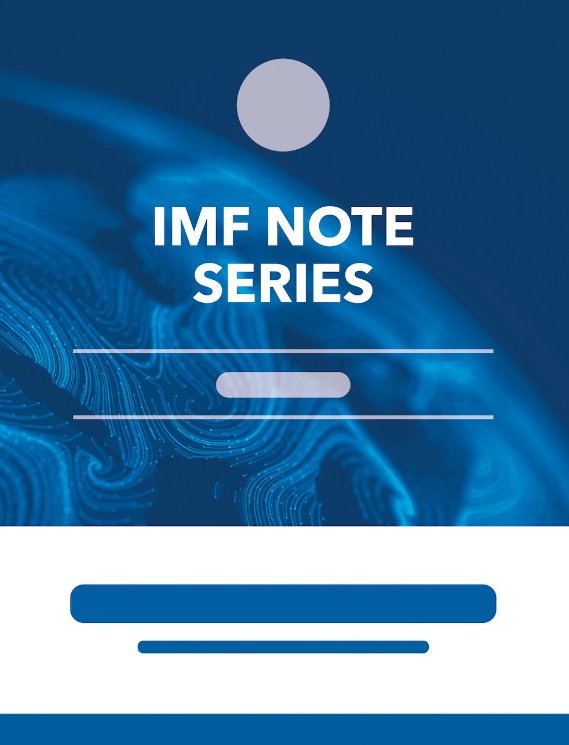Explaining the Exchange Rate Pass-Through in Different Prices
December 1, 2002
Disclaimer: This Working Paper should not be reported as representing the views of the IMF.The views expressed in this Working Paper are those of the author(s) and do not necessarily represent those of the IMF or IMF policy. Working Papers describe research in progress by the author(s) and are published to elicit comments and to further debate
Summary
This paper examines the performance of different new open economy macroeconomic models in explaining the exchange rate pass-through in a wide range of prices. Quantitative versions of different models are used to derive the dynamic response of various prices to an exchange rate shock. Predicted responses are compared with the evidence based on VAR models to examine how well different models fit the data. The results show that the best-fitting model incorporates a number of features highlighted by different strands of the literature: sticky prices, sticky wages, distribution costs, and a combination of local and producer currency pricing.
Subject: Consumer prices, Exchange rate pass-through, Exchange rates, Export prices, Foreign exchange, Import prices, Labor, Prices
Keywords: Consumer prices, cost-minimizing price indexes, exchange rate, Exchange rate pass-through, exchange rate shock, Exchange rates, Export prices, goods price, Import prices, LCP firm, New open economy macroeconomic models, open economy, PCP assumption, PCP model, present discounted value, price level, Prices, sticky wages, sticky-price LCP model, WP
Pages:
32
Volume:
2002
DOI:
Issue:
224
Series:
Working Paper No. 2002/224
Stock No:
WPIEA2242002
ISBN:
9781451875331
ISSN:
1018-5941





